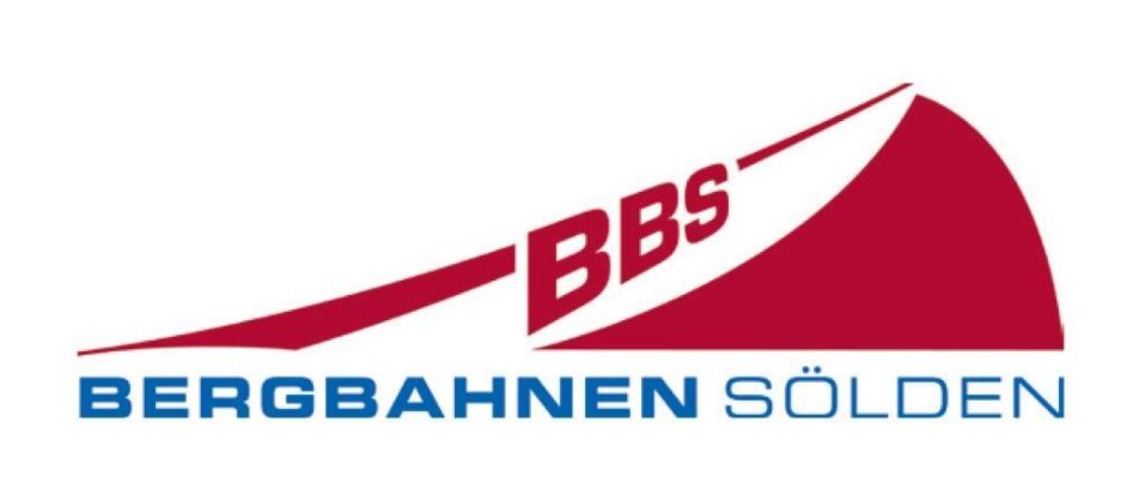Sölden: New Technology Delivers 40% More Solar Energy

Since December 2023, the Sölden lift co has been testing a new solution for generating solar energy on the Tiefenbach glacier at 2,850 m. The special thing about the system developed in Tyrol: Always snow-free, a 40% higher energy yield than systems in the valley combined with less effort during construction and ongoing operation. If the expectations are met, the Ötztal cable car company plans to significantly expand the project. This would allow around a third of the Sölden mountain railways' electricity requirements to be covered directly on site.
“What is that?” Many winter sports enthusiasts in Sölden are currently surprised when they look at the HELIOPLANT test facility. “It's definitely justified when people see our little 'power plant forest' for the first time,” explains project manager Eberhard Schultes from Bergbahnen Sölden. Unlike known systems in the valley, the modules on the mountain are mounted vertically. The tree-like design, inspired by nature, offers a number of advantages: the construction remains free of snow even during intense rainfall in midwinter, uses less space and fits better into the landscape. This also convinced those responsible at the Sölden mountain railways to carry out the experiment in the current winter season. “In this way we are gaining important experience and can assess whether this system is also suitable for larger use. “It is also important to develop ourselves further in terms of energy and to make ourselves more independent,” says Philipp Falkner, authorized representative of Bergbahnen Sölden, about the reasons for the test field. A possible expansion can be implemented without complex measures because the necessary infrastructure such as construction routes, power line network and transformer stations to feed in the energy generated on site are already in place at the planned location.
Efficient solar power plant in the ski area
“The idea of relying on solar power has been around for a long time. However, we had concerns about the practical suitability of known systems. Because at the time when we as ski resort operators need the most electricity, there is usually a lot of snow on the roofs, which greatly limits the effectiveness of photovoltaics,” explains Eberhard Schultes. With the development of the patented HELIOPLANT system, an interdisciplinary team of Tyrolean experts is proving the opposite and paving the way for efficient energy production in high mountains. The cross structure of the modules prevents snow deposits. Double-sided photovoltaic elements increase the energy yield. In addition, the installation can be designed to be much more flexible and cost-effective than conventional line systems. Another plus point: The exposed location at 2,850 m above sea level results in an additional yield of 40 percent compared to the valley. The decisive factors for this are low temperatures, high levels of sunlight, clear air and reflections from a long-lasting snow cover. A HELIOPLANT element produces approx. 7.2 kWp, which corresponds to the output of 12 balcony power plants of 600 watts each.
Premiere in Sölden
The test field on the Tiefenbach Glacier in the back of the Ötztal also represents a first for the manufacturer. For the first time, the innovative technology from HELIOPLANT is being used in a ski area. Another test facility currently only exists on the Swiss Simplon Pass. “The Sölden mountain railways are among the pioneers in the industry and we are looking forward to the first results,” says Tyrolean photovoltaics expert Florian Jamschek from HELIOPLANT. For Philipp Falkner from Bergbahnen Sölden, the project is a conscious impulse towards sustainability on an ecological, economic and social level. “We are thus fulfilling our entrepreneurial mandate to act innovatively in the energy sector, which is often demanded by politicians. To the same extent, it would be desirable if bureaucratic hurdles were removed so that we can implement these requirements more easily,” says Falkner. Project manager Eberhard Schultes admits that it is not just the sustainability aspect that motivates us: “Of course, the high electricity prices are also crucial for thinking about how we can generate energy ourselves. Ultimately, it makes sense to produce the energy where it is consumed.”
HELIOPLANT Tiefenbach glacier test facility
Perfomance:
- Approx. 7.2 kWp per HELIOPLANT® element. This corresponds roughly to the output of 12 balcony power plants of 600 watts each.
Particularities:
- Cross structure of the modules prevents snow deposits. Increase in yield through double-sided photovoltaic elements, promoted by natural light reflections over the snow.
- 40 percent higher energy production thanks to the exposed location on the glacier at 2,850 m
- Flexible and cost-efficient construction thanks to the natural design in contrast to complex substructures in other systems.
Further information:
https://bergbahnen.soelden.com/
www.helioplant.energy














